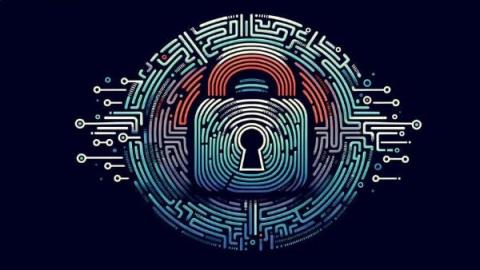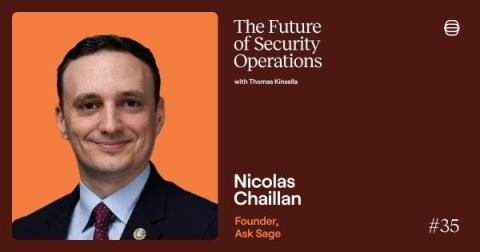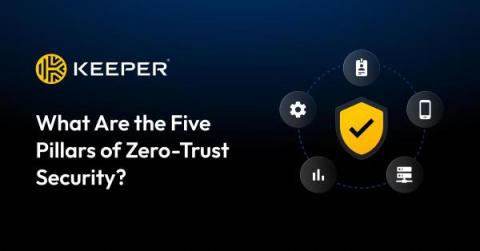The Importance of Identity Security in Zero Trust Endpoint Defense
Identity security and Zero Trust have emerged as critical components in the defense against quickly evolving cyberthreats. Together, the solution and the approach support a default stance of “never trust, always verify,” with every risky action requiring authentication, authorization and audit.







